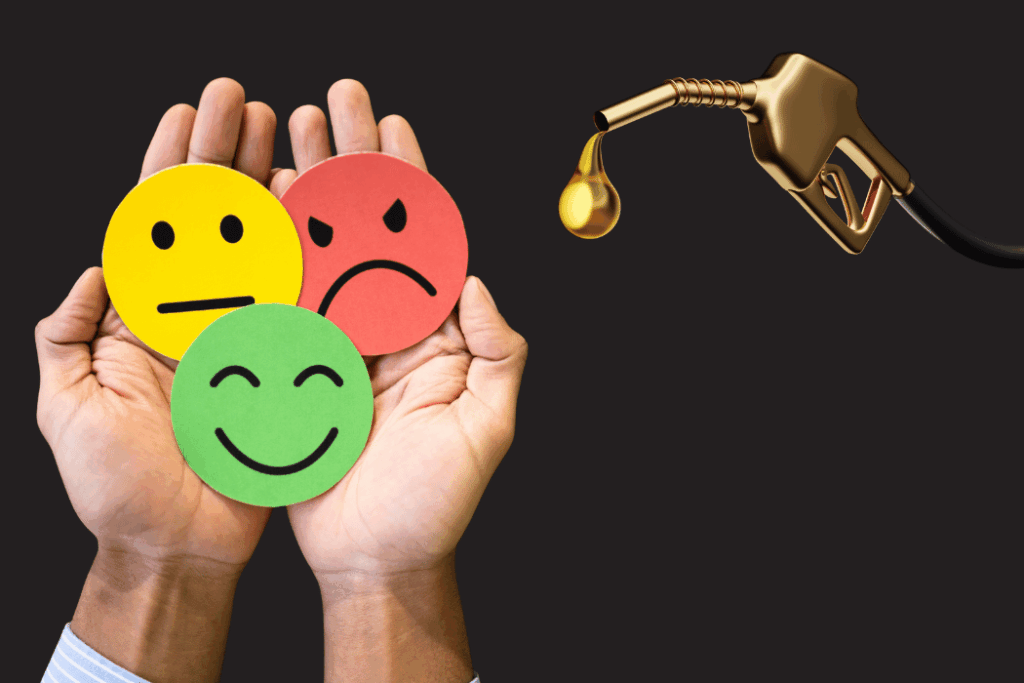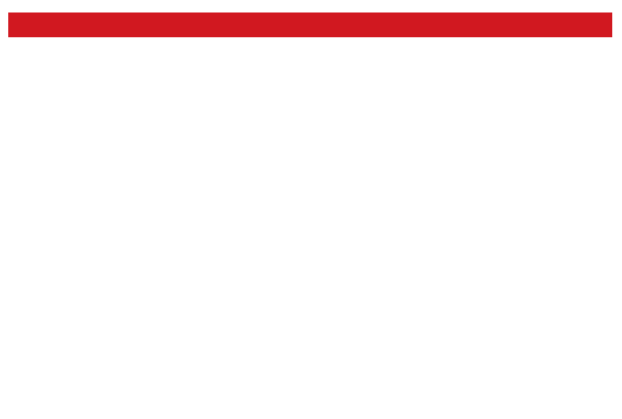
Things seldom go according to plan. Even when your team has a clear vision with a solid approach to actualize goals, there will always be unforeseen bumps in the road that aren’t anticipated nor could have been planned for. Don’t worry, this isn’t a pessimistic view on why planning is a waste of time. But to the contrary. Planning is vital to your success and the success of your team. This is a reminder that change will come. And the better you get with embracing change, the sooner you can spark creativity, innovation, and most importantly, results that will move you closer to realizing your plan in the midst of change.
Change can either be self-initiated or organically imposed. Throughout my profession and while helping leaders navigate through change, I’ve noticed that change actualizes in three ways:
- External Change is the type of change that you have no control over. However, you do have control over how you respond to it.
- Inner Circle Change is similar to External Change, you might not have a lot of control over whether or not it occurs. However, you have a greater influence to control the impact and perhaps even the outcome it may have on you.
- Personal Change is the type of change you have the greatest control and influence over, which can ultimately impact a more favorable outcome.
Why are these important, you might wonder? Well, change tends to leave us feeling overwhelmed and frustrated when one type actualizes. So, imagine leading a team and having all three collide. It can send you and the team into a spiral, not knowing which direction to move in and when faced with adversity, people will either fight, flight, or freeze. As a leader, your ability to recognize and address these behaviors is crucial to your success. When you understand what type of changes are actualizing, you’re able to determine how you can approach your situation differently, which makes it easier for everyone involved to embrace what is going on, strategize, and innovate. Let me share a quick personal story illustrating the impact of embracing change.
It was a warm day in May. I laid across my bed mid-afternoon mentally, emotionally, and physically exhausted, thinking about how busy the past couple of years were. At the end of April, I completed my master’s program. The following month, in June, my company would celebrate two years in business. I had been on the grind.
Most of the changes in my life were self-initiated and Personal Changes. I had a plan and for the most part, that plan had taken form nicely. There were some External Changes that impacted my journey. The biggest one, the university announced that they were closing, which caused me to expedite the completion of the degree. I had moved into my parent’s summer home, but soon after, it became an all-year home for them too, an Inner Circle Change that impacted what would have normally been a quiet place to work and build the business. Understanding what I had control over, I created a space for me to thrive and to see my plan through despite the unforeseen barriers.
As I drifted in and out of sleep, I tried to convince myself that all was okay. The phone rang and startled me awake. After a few pleasantries, the doctor said, “Angela, you do have breast cancer. It is a form called invasive ductal carcinoma.” That year, I underwent several forms of chemotherapy, weeks of radiation, and a couple of surgeries. Two years after the diagnosis, COVID hit. Both External Changes were unprecedented changes that I could not plan for or foresee.
Remember, External Changes, you have no control on the impact, but you do have control over how you respond to them. In both cases, I knew I couldn’t continue down the same path, so, I chose to be intentional about how I would respond. By embracing change quickly, I was able to cultivate the results I planned for, in ways I never imagined. Through both seasons, my business revenue grew, I became a better leader, and a stronger advocate for transformational change. Here are a few tips I learned along the way:
- Don’t lose sight of the vision. People have a tendency to focus on the problem. Instead, focus on vision. Vision brings purpose and direction back to you and your team. Allow your vision to guide you, serving as a litmus test that brings clarity.
- Identify the impact of the change. Embracing change does not mean that you are excited about what is happening, it simply means that you are acknowledging what is transpiring and have identified how the changes are disrupting your progress. This allows you to take a step back and see innovative solutions that will give you a sense of direction.
- Take small manageable steps. Most people will try to tackle everything at once. Or worse, they give their attention and energy to what is out of their control. Start by identifying what is within your control and what isn’t. Then take small manageable steps that will productively move you forward. By doing so, you will eliminate the chaos, take action, and accomplish more than you realize.
Charles Jung said, “What you resist not only persists, but will grow in size.” If you continue to resist what life is giving you, you will continue to attract and magnify its effects. As leaders, helping your team to embrace change will not only make you stronger individually and collectively, it will also help you conquer change and cultivate results in unimaginable ways.













